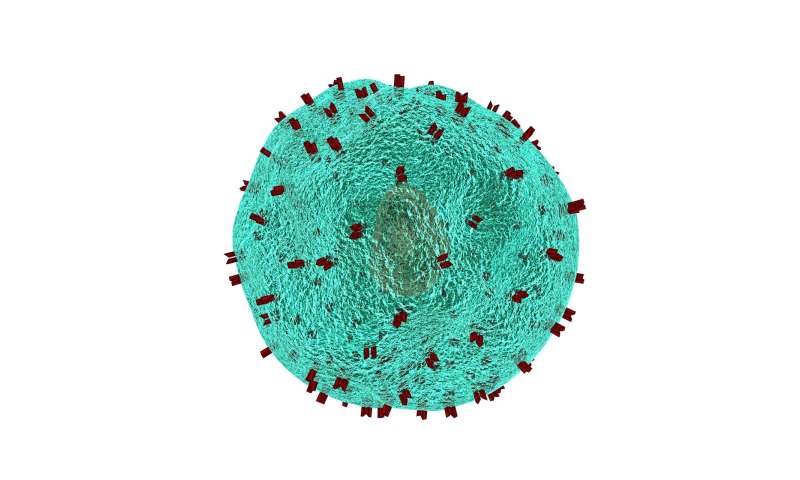New study could help scientists more effectively use T-cell technologies to better understand immune responses


A comparison of two key research tools used by immunologists to study different types of T-cell receptor signals has identified important features of existing technologies that could allow scientists to better understand immune responses, in a new study led by scientists at the University of Birmingham.
T cells form a crucial part of the immune system and work by detecting fragments of viruses, bacteria and cancer cells using their T cell receptors (TCRs). Once the fragments are detected, important signals are delivered from the TCR’s to inside the T cell. Understanding how TCR signaling is initiated in T cells is critical for understanding how the immune system behaves in response to infectious disease, cancer and autoimmune conditions.
Studying TCR signaling during immune responses in living organisms is technically challenging, and scientists have used indirect approaches, by identifying genes that are rapidly expressed when a T cell signals from its TCR. The genes Nr4a1 and Nr4a3 have been identified as offering clear read outs of TCR signaling however it is unknown precisely what controls their expression and how different types of TCR signals may control them.
This latest study, funded by The Wellcome Trust, is the first to compare the two main methods used to study the signaling pathways of these genes as well as analyzing them to better understand what types of TCR signals they may sense. The first and perhaps the most established in the field uses a genetically engineered mouse model Nr4a1-GFP which makes green fluorescent protein in cells that are expressing the gene Nr4a1. The second, co-invented by Dr. David Bending at the University of Birmingham’s Institute of Immunology and Immunotherapy is a novel technology using Nr4a3-Tocky mice which make a fluorescent protein that changes color over time in response to TCR signals.
The study has revealed crucial differences between the technologies which could make them complimentary in studying different types of TCR signals. For example, the Nr4a1-GFP system is very sensitive to TCR signals, and therefore has the ability to capture the very short signals received by T cells that help them develop and survive. On the other hand, the Nr4a3-Tocky system requires longer TCR signals, which are generally seen only during immune responses. The findings were particularly interesting as Nr4a1 and Nr4a3 genes are from the same gene family and share significant similarities in their genetic codes however, as this study has shown, they are controlled by different signaling pathways.
Lead author Dr. David Bending said: “Our study could have a significant impact on the academic community, in particular on scientists investigating TCR signals in a variety of model systems such as infections, cancer and autoimmunity. However, these tools will greatly aid scientists in studying the effects on T cells of immunotherapies and vaccines in pre-clinical mouse studies, which will lay a foundation to guide future human research. Our study also suggests that analysis of Nr4a1 and Nr4a3 expression patterns in human T cells could be a useful method for identifying responsive T cells, which has potential impact for vaccine studies.”
Source: Read Full Article